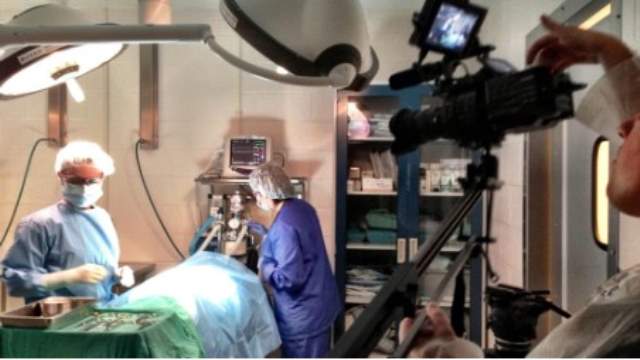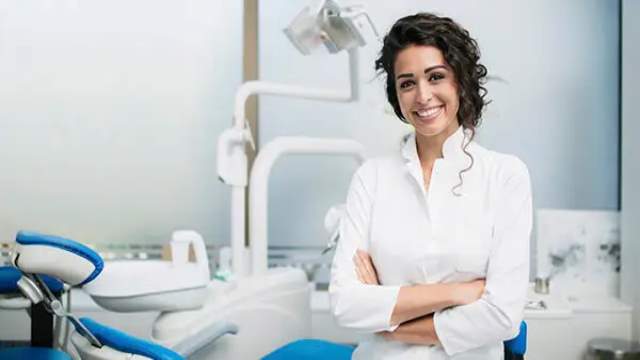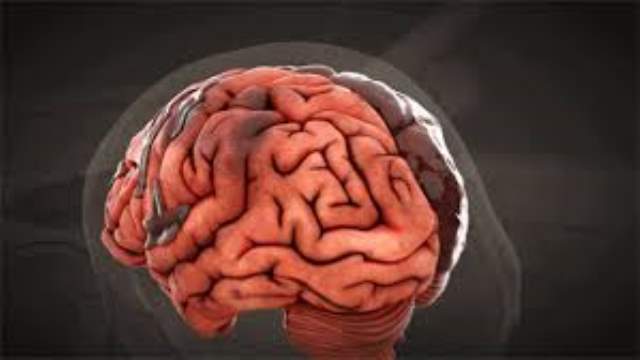Behind the Scenes: How Medical Video Production Enhances Surgical Training and Education
In the evolving landscape of medical education and surgical training, the integration of advanced technologies is pivotal. Among these, medical video production stands out as a crucial tool that significantly enhances learning outcomes and practical skills development. This article explores the impact of medical video production on surgical training and education, highlighting its benefits, applications, and future prospects.
The Role of Medical Video Production in Surgical Training
Medical video production involves the creation of high-quality visual content that documents various medical procedures, surgeries, and techniques. This content is used for educational purposes, providing a comprehensive view of complex surgical operations. By capturing real-time footage of procedures, medical video production offers a valuable resource for both novice and experienced surgeons.
- Detailed Procedure Documentation
Medical video production captures the step-by-step process of surgical procedures, offering a detailed visual guide that enhances understanding. For trainees, these videos provide an opportunity to observe intricate techniques, surgical instruments, and the overall workflow without being physically present in the operating room. This detailed documentation helps in building a solid foundation of surgical skills and knowledge. - Enhanced Learning Experience
Traditional learning methods in medical education often involve theoretical knowledge and limited hands-on practice. Medical video production complements these methods by providing visual and auditory stimuli, which can improve retention and comprehension. Trainees can replay videos, pause, and review specific sections, allowing for a more personalized and thorough learning experience. - Simulation and Virtual Reality Integration
The advent of simulation technology and virtual reality (VR) has further expanded the scope of medical video production. By integrating video content with simulation platforms, trainees can engage in interactive learning experiences that mimic real-life scenarios. This approach enhances their ability to handle complex situations and improves their surgical dexterity.
Applications of Medical Video Production in Surgical Education
Medical video production serves various applications within surgical education, each contributing to improved training and skill acquisition.
- Preoperative Planning and Visualization
Surgeons and medical students use video content to study and plan surgical procedures before actual operations. Detailed videos of similar surgeries help in understanding potential challenges, assessing the use of specific techniques, and refining strategies. This preparatory phase is crucial for reducing errors and enhancing procedural efficiency. - Peer Review and Feedback
Peer review is an essential component of medical education, allowing for the evaluation and improvement of surgical techniques. Medical video production facilitates this process by providing a record of procedures that can be reviewed by peers and mentors. Constructive feedback based on video analysis helps in identifying areas for improvement and implementing best practices. - Continued Education and Professional Development
For experienced surgeons, medical video production offers a means to stay updated with the latest techniques, technologies, and surgical innovations. By watching videos of advanced procedures and new methodologies, surgeons can continue their professional development and maintain high standards of practice.
Future Prospects and Innovations
The future of medical video production in surgical training and education is poised for significant advancements, driven by emerging technologies and innovative approaches.
- AI and Machine Learning Integration
Artificial intelligence (AI) and machine learning are expected to revolutionize medical video production by enhancing video analysis, automating procedural documentation, and providing predictive insights. AI algorithms can analyze surgical videos to identify patterns, assess technique accuracy, and offer real-time feedback to trainees. - Enhanced Interactivity and Engagement
The development of interactive video formats and immersive experiences, such as augmented reality (AR) and VR, will further enrich surgical training and simulation. These technologies allow for dynamic interaction with video content, providing a more engaging and effective learning environment. - Global Collaboration and Knowledge Sharing
Medical video production facilitates global collaboration and knowledge sharing by enabling the dissemination of surgical techniques and educational content across borders. This interconnected approach fosters a collaborative learning environment and promotes the exchange of expertise among medical professionals worldwide.
Conclusion
Medical video production has transformed surgical training and education by providing detailed, visual, and interactive learning resources. Its applications span from preoperative planning and peer review to continued professional development, offering a comprehensive approach to skill enhancement. As technological innovations continue to advance, the future of medical video production holds promising prospects for further improving surgical education and training. Through its evolving capabilities, medical video production will undoubtedly play a central role in shaping the future of medical education and surgical excellence.







